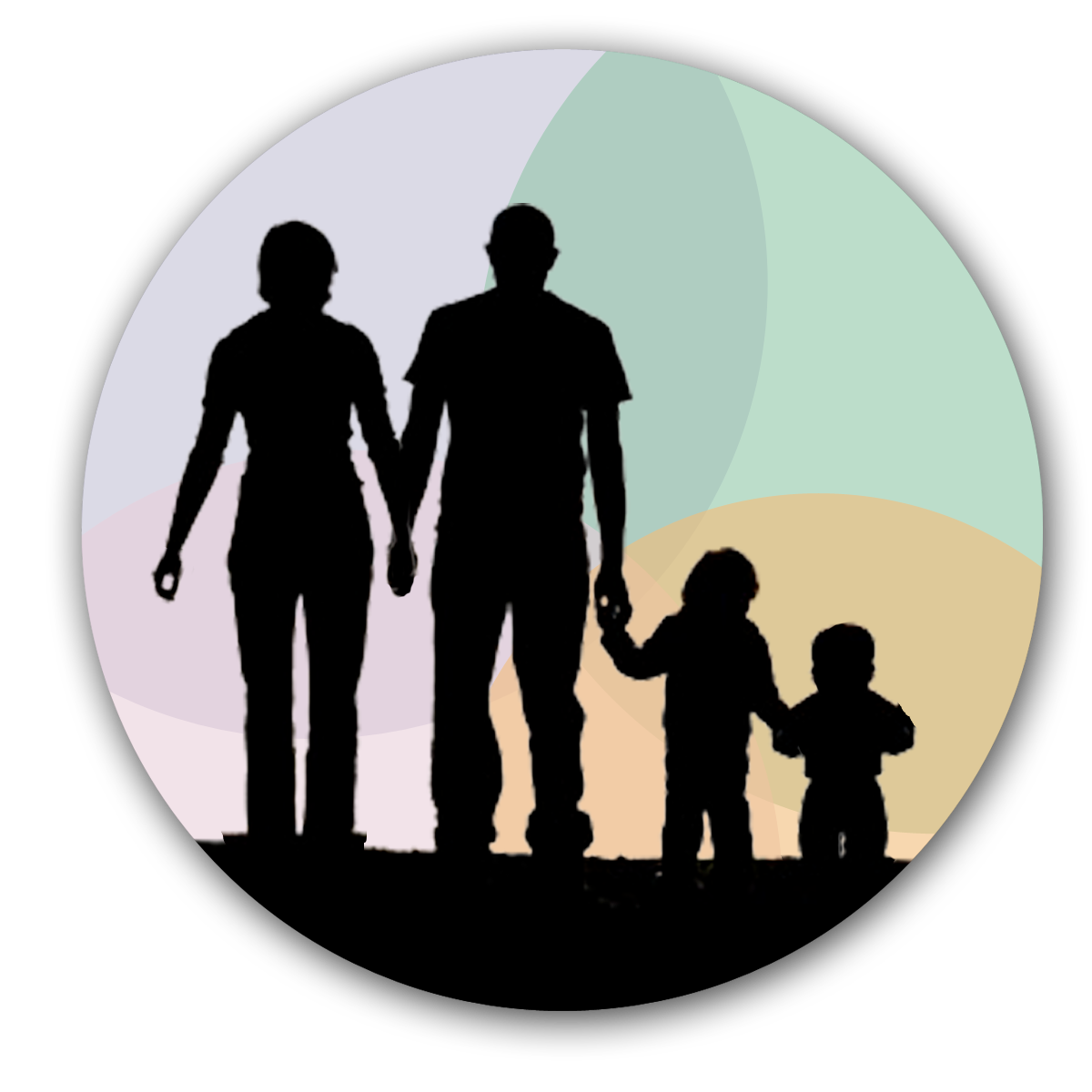“I see murderous people.”
Fear (not anger) is THE core emotion for traumatized kids. Fear colors the world of children with RAD in ways that are hard for others to fathom.
One way this manifests is the lingering fear many children with RAD have that they are truly at risk of being harmed or murdered by the people around them – parents, siblings, classmates, school staff, random strangers in the store, librarians, doctors, the mail man...Name a person, any person, and it’s possible that your child doesn’t trust that person to the degree that your child even expects that person to spontaneously cause them harm.
Kids with this type of fear get super tense in new places. They are on edge most of the time. (This may not register to you at first because it’s how your child looks all the time!)
A 24/7 state of fear is still fear.
24/7 Fear is really difficult fear to overcome and very hard on the body. It is critical to help the body physically dislodge from its fear patterns, not just work on psychological “coping skills”. And definitely don’t try to talk your child out of the irrationality of their feeling.
Look at the tension in this child below as he attends a small gathering of only intimate friends and family for his sister’s wedding.
Notice how it looks as if his body is rising out of his shoes – as if he is on tiptoe – and yet he is not. That’s tension. Look closely and you can see tension in his brow, cheeks, arm and fingers.
He is surrounded by people who know and love his family, and yet he is TERRIFIED!!!
Kids with this level of fear might seem to enjoy interacting with others or going places but then rage afterward. Or, your child may be SUPER charming! They may crawl into strangers’ laps, give them big, adorable smiles, and be over-the-top helpful to new people. This is also driven by fear!
This child does NOT prefer these strangers over mom; this child is schmoozing others to save his own skin.
“If I’m cute enough, maybe you won’t kill me, Ms. Photographer.”
Before we move on look back at the picture with me. Notice the bend in my arms, legs and overall posture. I’m not stiff in my authority. My feet are placed one in front of the other. This is called a “supportive stance.” Hopefully if you could see my face you would see a soft yet confident gaze and a soft, positive expression.
Instead of mirroring your child’s tension (as naturally happens), intentionally soften your muscles, lighten your eyes and relax your posture.
Your body language makes a huge impact. Did it soften that little guy in the photo? Not exactly. What my posture DID do was convey strength with gentleness that empowered him and his RAD siblings make it through a whole day of wedding festivities. I also hope that should I work with him again or should he encounter another family festivity, he would approach the situation with slightly less fear because he did it once before, and I was ok, and he was ok, and we all were ok.
Issues of “fear of bodily harm” apply just as keenly to “big kids.”
I once had a 16-year-old girl brought to my house for respite due to some behavioral issues back at her house. The girl spent the first 10 minutes (after her mom had left) cowering against the hinges of my front door like an animal terrified of being beaten. Wow.
Here’s what I did. I stepped back and leaned casually against the wall about 5 feet from her – close enough to act if she suddenly tried to flee and far enough to show with my body language that I wasn’t interested in harming or even dominating her.
I take these relaxed postures even when the reality is that I’m terrified of what this child might do next. (I have feared for my life and well-being on some occasions.) The posture isn’t about how you really feel; it’s about what you want to communicate, which is:
“You’re ok, I’m ok.”
I purposely relaxed my own muscles and only looked at her only through my peripheral vision. I spoke in a low, slow voice, saying only a single sentence here and there. I took slow, steady breaths on her behalf.
I waited.
I said , “When you are strong enough, put your shoes and coat in that coat closet (next to her).”
And I waited.
It took at least 10 minutes for her to take hesitant steps from her corner and remove her shoes and coat, but eventually she did it. When she did, I didn’t move. I stayed where I was with relaxed muscles and steady breathing. Only after she had completed the task did I speak again and move slowly to lead her to her bedroom.
How did I respond to this girl?
I gave her space and time to realize through her own process that she was safe.
I stayed calm and confident.
I relaxed my muscles and breathed, exemplifying calm confidence.
I gave her a small action to do (not say) when she was ready to take the risk of leaving her corner.
Why did it work?
I respected even her most vulnerable emotion: fear of death.
I didn’t try to PROVE who I was, I LIVED who I was: safe and good.
I didn’t force compliance; I waited for it, empowering her to move in her own strength.
That’s safety.
So that’s your challenge. Practice living who you are through soft-yet-strong posture instead of trying to prove who you are.
You are so safe. You are good. And one day your child just might see that.



